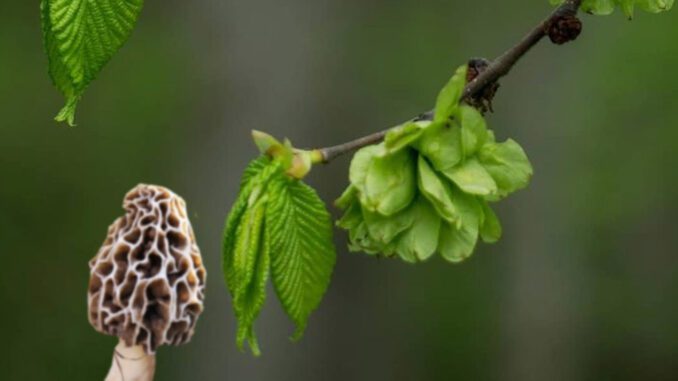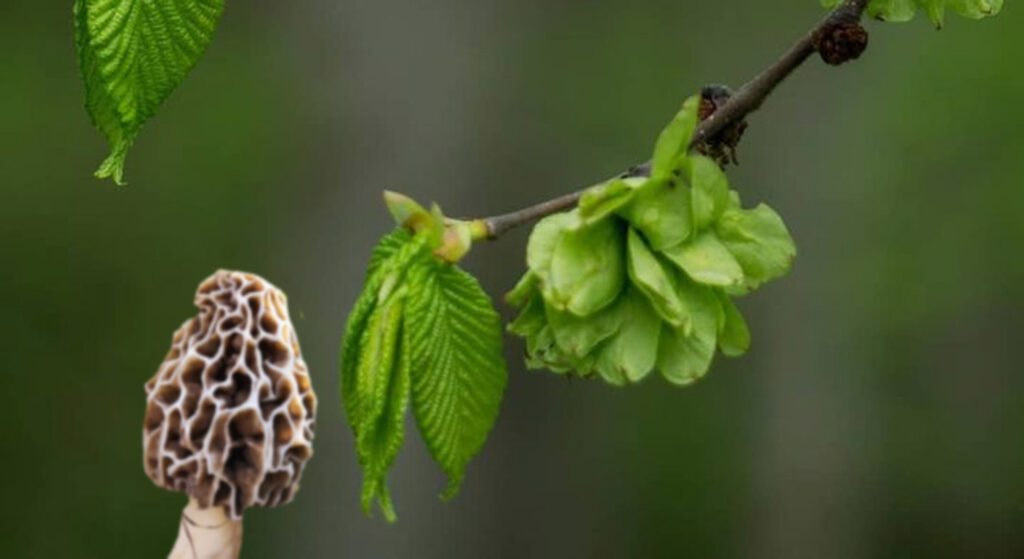
Morels can be found with the help of elm trees. Discover in this article everything you need to know about using elm trees to find them!

Elm Trees And Morels
Morel mushrooms have a special association with certain tree species, and one tree that stands out in the morel foraging world is the elm tree. In this article, we will delve into the relationship between elm trees and morel mushrooms, how to identify elm trees for morel hunting, and why morels tend to grow around these majestic hardwoods.
Find the best spots for morel mushrooms directly with our Mushroom Maps available here!
Best Elm Trees For Morels
The majority of elms can help you find morels. However, if you need to remember only a few interesting Elm varieties for finding morels, here are the most mentioned ones:
- ulmus americana
- ulmus rubra
- ulmus thomasii
Identifying Elm Trees For Morel Hunting
Identifying elm trees in the wild is essential for morel hunters seeking the best places to find them. Elm trees have distinct features that can aid in their recognition:
- Smooth bark in their youth, which deepens and cracks with age. Its color is light gray to dark greyish-brown.
- Deciduous foliage, with alternate and distichous leaf arrangement. The leaves are asymmetrical at the base (similar to the hackberry tree) and doubly toothed.
- Fruits enclosed in a greenish-light capsule (samara), clustered in balls, before the leaves, giving elms their characteristic appearance.
Morels And Dead Elm Trees
Dead elms generally yield many more morels than live elms. Why?
When an elm dies, the morel mycelium that has associated with its roots must be able to survive after the elm’s complete death. To survive, the morel will produce numerous sporophores (morels) thanks to the abundant nutrients released into the soil by the elm’s roots.
By producing a large number of sporophores (morels), they can disperse themselves in a way other than through mycelium. Indeed, the morel will use its spores to disperse, allowing it to mycorrhize a new healthy tree.
That’s why dead elms are particularly interesting for finding morels! The survival mechanism of the morel precisely involves producing a large number of carpophores, to our greatest delight.
Find Morels With Our Maps
Find the best morel spots near you directly with our Mushroom Maps available here!
Leave a Reply